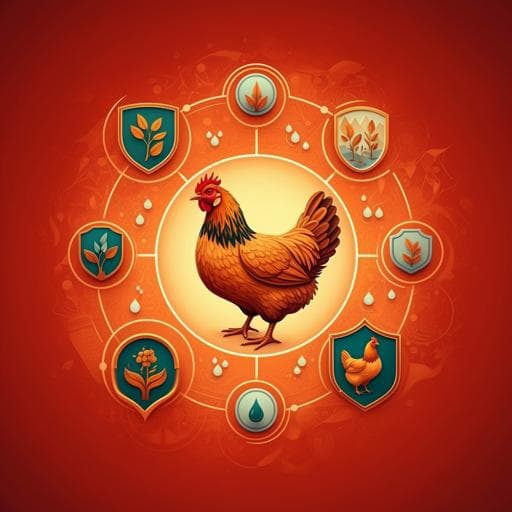
Veterinary Science
A visualisation tool to understand disease prevention and control practices of stakeholders working along the poultry supply chain in southern India
C. Greru, R. Thompson, et al.
This innovative research by Chamithri Greru and colleagues unveils a participatory visualization tool aimed at redefining biosecurity in the Indian poultry sector. Through facilitating stakeholder dialogue, the study highlights contrasting views on disease prevention, emphasizing the necessity for context-specific solutions in the industry.
~3 min • Beginner • English
Related Publications
Explore these studies to deepen your understanding of the subject.







